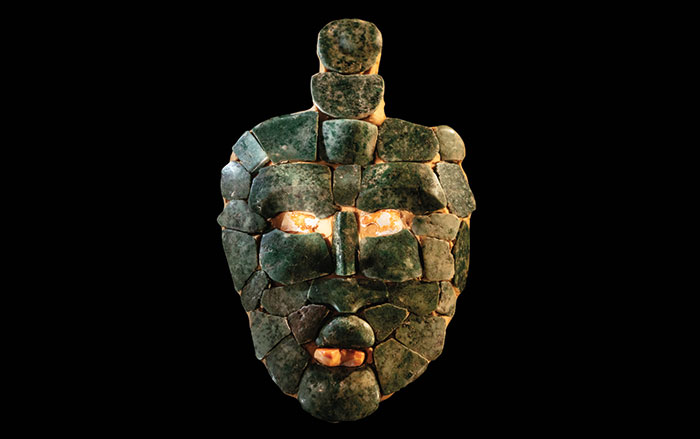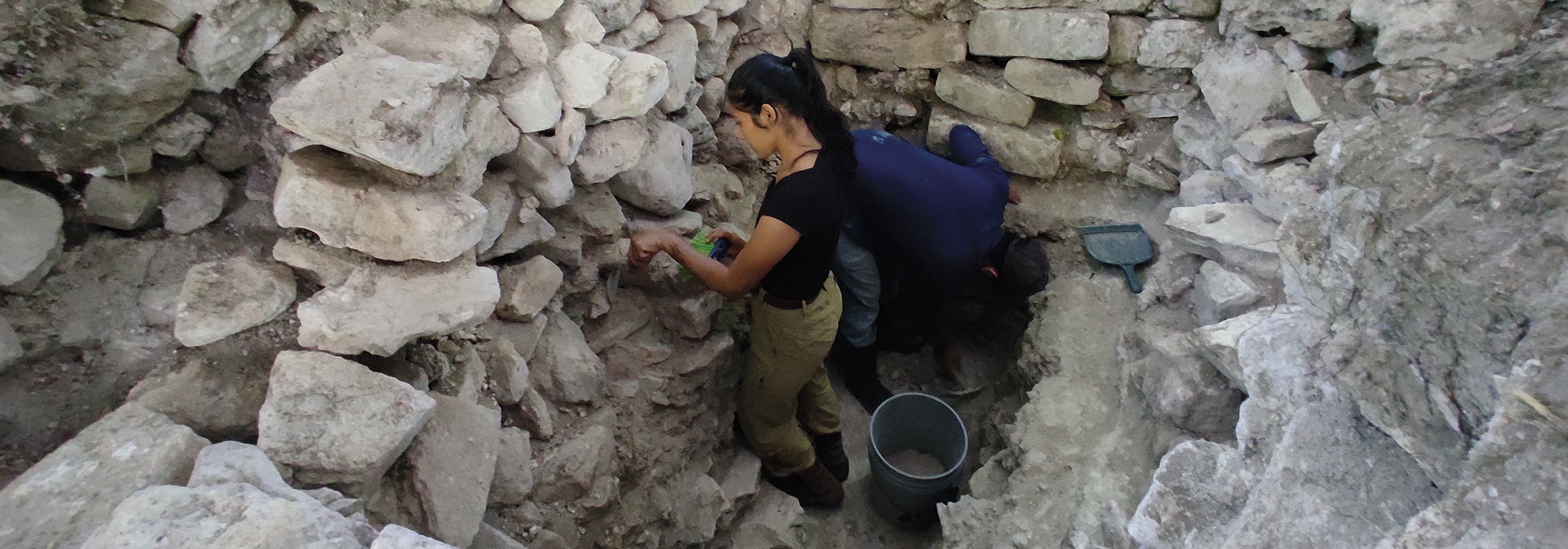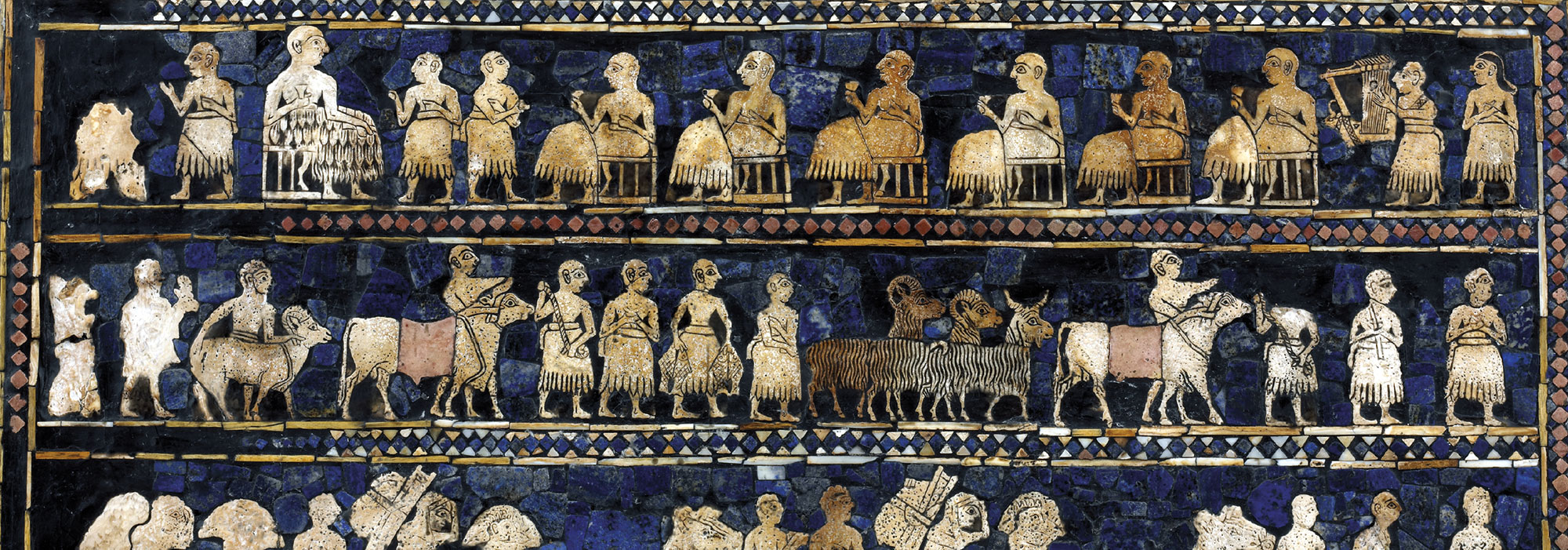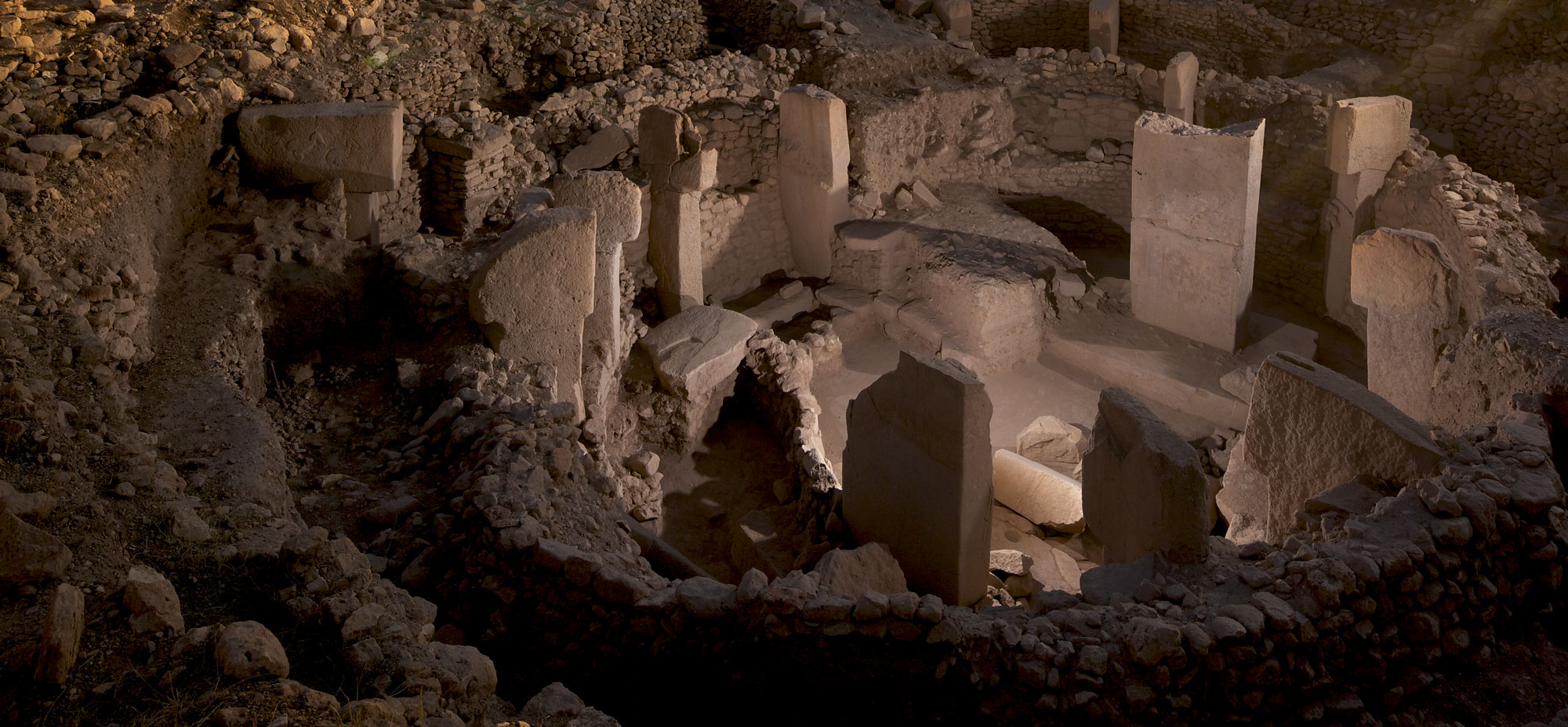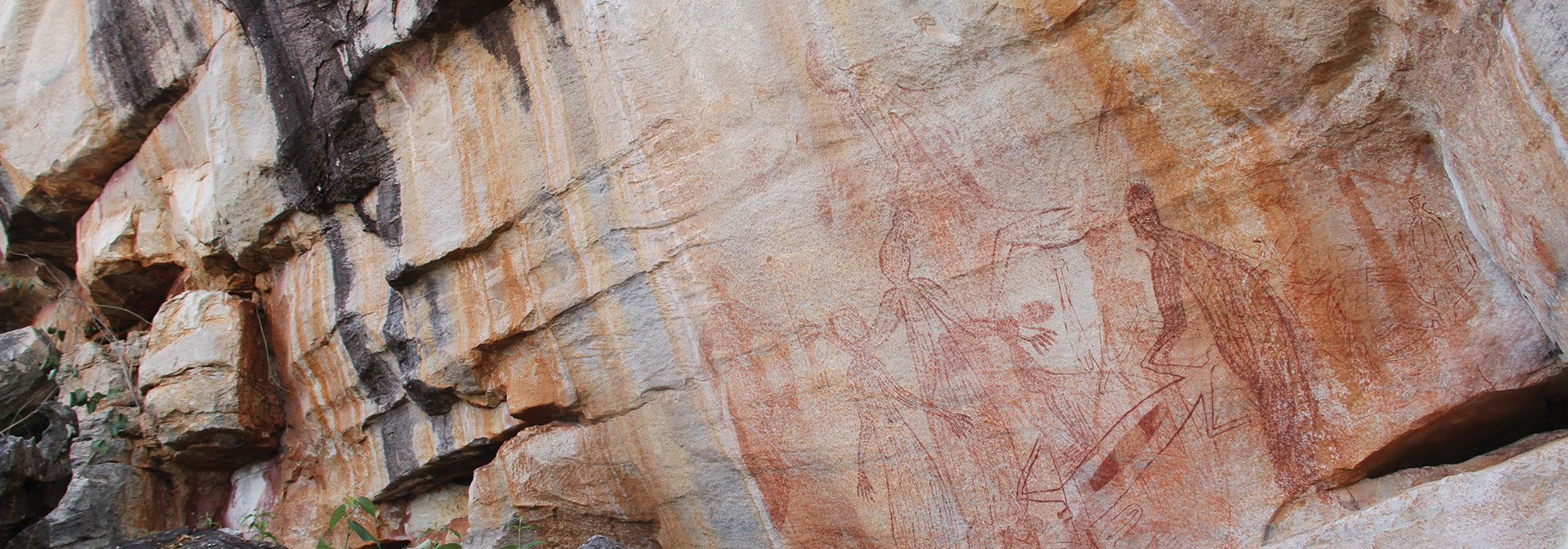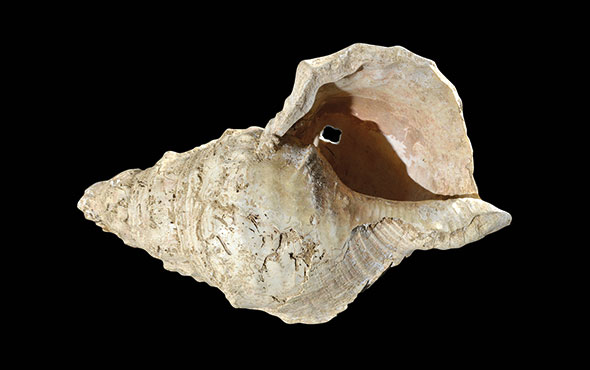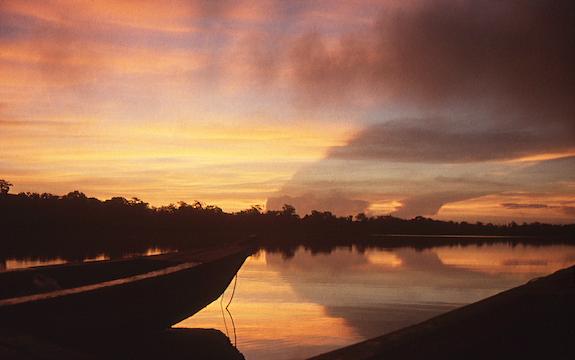
MONTREAL, QUEBEC—According to a statement released by McGill University, Benjamin Keenan and his colleagues measured levels of organic molecules found in human and animal feces in Guatemala’s Laguna Itzan as a way to estimate the size of the population living in the nearby Maya city of Itzan. The researchers then compared the resulting population estimates with the historical record, archaeological evidence, and information about changes in climate and vegetation in the region beginning about 3,300 years ago. The study suggests that the Maya inhabited the area some 650 years earlier than previously thought, and continued to live in the city of Itzan after the so-called Maya “collapse” between A.D. 800 and 1000, when the area was believed to be deserted. Drought brought on population decline between 1350 and 950 B.C., and again from A.D. 90 to 280, and A.D. 730 to 900. A very wet period between 400 and 210 B.C. also caused a population decline. However, Keenan and his team recorded a low level of fecal stanols in the lake sediments at a time when archaeological evidence indicates there had been a large population living in the city. They think the Maya may have adapted to changes in climate conditions by diverting human waste from the lake and using it as a fertilizer for their crops. Finally, refugees are thought to have caused the population spike observed around A.D. 1697, when the Spanish attacked the last Maya stronghold in the southern Maya lowlands. To read about the only Maya city with an urban grid, go to "The City at the Beginning of the World."


